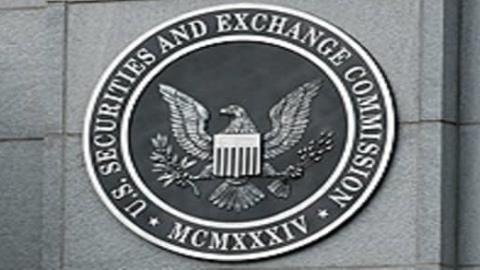Mastering Money Laundering: The 3 Key Stages and How AML Integration Safeguards Your Business
Money laundering remains a significant global challenge that threatens economic integrity and facilitates unlawful activities by masking illegal funds as legitimate. Addressing this pervasive issue requires robust Anti-Money Laundering (AML) measures, which are vital for protecting financial institutions and high-risk sectors. FullCircl, a Software as a Service (SaaS) platform, has taken a deep dive into the integration of AML processes across the three critical stages of money laundering.
Understanding the Three Stages of Money Laundering
AML integration serves as a proactive approach, embedding compliance tools and processes within organizational workflows. Recognizing the three stages of money laundering—placement, layering, and integration—is crucial for implementing effective AML systems that mitigate risks and ensure adherence to regulations.
1. Placement: The Entry of Illicit Funds
The first stage, placement, involves the introduction of illicit money into the financial system. Common methods include:
- Depositing cash into bank accounts
- Mixing illegal funds with legitimate earnings through cash-intensive businesses
This stage poses the highest risk for criminals due to direct handling of funds. Financial institutions equipped with advanced AML tools can identify unusual deposit patterns, thwarting further laundering attempts.
2. Layering: Concealing the Source
Next is the layering stage, where the objective is to obscure the origin of illicit funds. Criminals often:
- Transfer money through multiple accounts
- Purchase high-value assets
- Utilize offshore entities to create complex financial trails
Advanced AML solutions, particularly those powered by artificial intelligence, are crucial at this stage. They can detect suspicious transaction patterns and activities associated with shell companies.
3. Integration: Reintroducing Laundered Money
The final stage, integration, involves reintroducing laundered money into the legitimate economy, often through significant purchases like real estate or investments. Identifying activities during this stage is challenging, but effective AML systems focused on due diligence and transaction monitoring are essential for compliance and preventing financial crime.
Building an Effective AML Strategy
To successfully tackle money laundering, organizations need a comprehensive AML strategy that combines technology, processes, and regulatory expertise. Key components include:
- Know Your Customer (KYC) processes for verifying identities
- Real-time transaction monitoring to track complex transactions
- Flagging anomalies that may indicate fraudulent activity
These measures offer a robust defense against financial crime, enhancing organizational integrity and compliance.
Challenges and Emerging Trends in AML
Despite the effectiveness of AML integration, organizations face several challenges. Adapting to evolving regulatory standards, such as the Sixth Anti-Money Laundering Directive (6AMLD) and FATF recommendations, requires substantial resources. Furthermore, financial criminals are increasingly employing sophisticated technologies, including digital assets and advanced fraud schemes, necessitating continuous investment in cutting-edge tools and staff training.
Emerging trends like blockchain technology and real-time analytics are reshaping AML efforts. The transparency and immutable nature of blockchain can aid in tracking illicit funds, while biometric verification enhances customer identification processes.
Final Thoughts on AML Solutions
FullCircl offers advanced AML solutions tailored to meet the challenges of modern financial environments. By leveraging FullCircl’s innovative tools, organizations can ensure regulatory compliance, protect their reputation, and play a pivotal role in the fight against financial crime.
For more detailed insight, visit FullCircl’s website.







